In 2025, food insecurity remains one of the most urgent global challenges. A mix of climate disruption, urban population booms, geopolitical tension, and supply chain instability is pressuring the agricultural sector in unprecedented ways. Traditional farming—dependent on land, water, seasons, and weather—has proven too vulnerable, especially in regions prone to droughts, floods, and soil degradation. Against this backdrop, a high-tech solution is rapidly gaining attention: AI-powered vertical farming. This method combines stacked, climate-controlled growing spaces with artificial intelligence systems to regulate light, nutrients, and water for crops, enabling agriculture in densely populated urban environments or land-scarce countries. In Singapore’s 2024 trials, AI-optimized hydroponic systems achieved 300% higher yield per square meter compared to earlier indoor methods. That’s not just an improvement—it’s a paradigm shift. But with all technological revolutions come consequences and trade-offs. Vertical farming raises concerns about high electricity usage, carbon emissions from artificial lighting, and the long-term cost-effectiveness of the model. Still, three AI-driven vertical farming startups have already attracted major funding from the Bill Gates-backed Breakthrough Energy Ventures fund, indicating the concept has moved far beyond experimental. This article explores how vertical farms powered by artificial intelligence are being positioned as a serious response to the global food crisis—and whether they can live up to that promise.
300% Yield Gains: How AI Changed the Farming Equation in Singapore
Singapore’s government has long been proactive about food security, with only 1% of its land available for agriculture. In 2024, a pilot program conducted across several vertical farms integrated machine learning with hydroponic technology to monitor plant health, optimize LED lighting wavelengths, regulate nutrient dosing, and adapt watering schedules. The results were staggering. The AI systems not only sped up crop cycles by nearly 40%, but also produced up to three times the typical yield. The secret lies in precise environmental control and real-time data feedback. Cameras and sensors track plant growth down to the cellular level, detecting invisible signs of stress before any human could. From basil to bok choy to strawberries, AI controlled every input—from CO2 levels to root-zone pH—to achieve growth conditions previously impossible in conventional greenhouses. Notably, these farms used far less water than open-field agriculture, and eliminated the need for pesticides entirely. In land-starved cities, these breakthroughs hold the potential to transform rooftops and warehouses into lush, automated food production zones.
Electricity vs Sustainability: A Heated Debate
Despite the impressive productivity numbers, critics argue that vertical farms may be far less sustainable than they appear. Artificial lighting, climate control, and automation all require electricity—sometimes a lot of it. In regions powered by coal or gas, the emissions from electricity generation can outweigh the environmental savings achieved through pesticide-free and water-efficient practices. Some early lifecycle assessments even found that the carbon footprint of producing a head of lettuce in a vertical farm could exceed that of trucking it in from a rural field. However, defenders of AI-powered vertical farms note that their energy profile depends entirely on how power is sourced. If vertical farms are run on renewable energy—especially solar or wind—they can achieve a net carbon benefit. In countries like the Netherlands and the UAE, developers are already pairing vertical farms with on-site solar arrays or tapping into regional grids dominated by clean energy. Advancements in LED lighting technology are also driving down energy consumption. Since 2015, LED efficiency has more than doubled, allowing vertical farms to grow more food per kilowatt. Still, the balance is delicate. Without strategic energy planning, these futuristic farms could undercut their own environmental mission.
Where Bill Gates Puts His Money: The Rise of AI Farming Startups
The financial world has taken notice. In 2024, Breakthrough Energy Ventures, a climate-focused investment fund created by Bill Gates, announced support for three AI-driven vertical farming companies: Iron Ox (USA), Eden Grow (USA), and Stacked Farm (Australia). Each startup brings a unique technological and market approach, but all share a commitment to AI-based efficiency. Iron Ox uses autonomous mobile robots and a custom-built AI system to grow high-quality herbs and leafy greens. Their system recycles 90% of water used and adjusts growing conditions continuously through a data feedback loop. Eden Grow is taking a modular approach, developing tower-based farms that can be installed in supermarkets, schools, or apartment complexes. Their AI platform can be remotely updated to handle new crops or seasonal variations. Stacked Farm is working on scaling up operations in urban zones with large warehouses, focusing on commercial supply contracts. The fact that all three companies received backing from one of the world’s most prominent climate investment funds underscores the growing belief that AI-enhanced vertical farms are not only viable but essential to solving food security challenges. Their progress over the next few years will be watched closely.
From Sensors to Software: How AI Thinks Like a Farmer
AI in vertical farming goes far beyond analytics. It’s a full replacement for human intuition. The technology relies on arrays of sensors that track everything from light absorption and leaf color to moisture levels and CO2 concentration. These data points are analyzed in real-time by machine learning models trained on thousands of growing cycles. The AI makes continuous adjustments—sometimes every few minutes—to maximize plant health and output. As farms expand their crop types, new algorithms are trained to understand different photosynthesis patterns, growth curves, and nutrient uptake profiles. Some AI systems even use computer vision to monitor root development or flower formation. Predictive models anticipate plant diseases, nutrient imbalances, or equipment failures before they occur. Over time, this creates a self-optimizing system. In essence, vertical farms become living machines guided by algorithms—not human farmers. While this level of automation reduces labor costs and human error, it also raises philosophical questions about the future of agriculture and the role of human experience in food cultivation.
Local Food, Global Implications: Urban Farms as Food Security Infrastructure
One of the key strengths of vertical farming is its ability to localize food production. In 2023 and 2024, supply chains were rocked by climate events, port congestion, and geopolitical shocks. Food prices surged in many countries. Vertical farms located in city centers or suburbs can mitigate these vulnerabilities. By growing food within 10 kilometers of where it’s consumed, cities reduce their dependency on imports and freight logistics. In the United States, modular vertical farms are being installed in underserved neighborhoods to combat food deserts. In the Middle East, where water is scarce and arable land limited, vertical farming offers a way to feed growing populations without overstraining resources. In colder climates like Norway or Canada, indoor agriculture sidesteps harsh weather and enables year-round fresh produce. The ability to create local, reliable food production infrastructure is becoming a national security priority in some countries. AI’s role in this is crucial—it ensures that these urban farms can run efficiently with minimal human oversight, making them more scalable and economically viable over time.
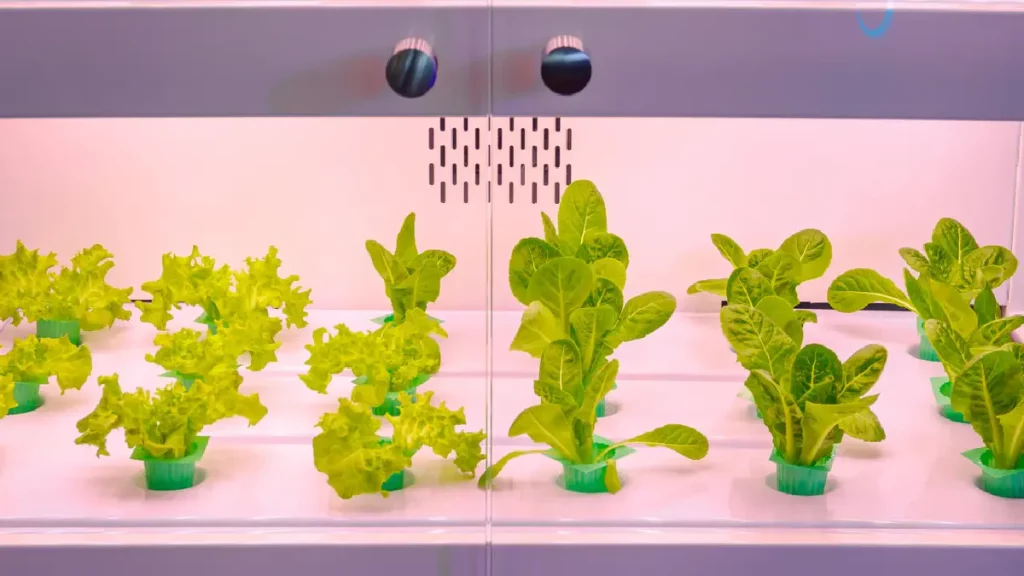
What AI Farms Can’t Do (Yet)
Despite their promise, AI-powered vertical farms are not a silver bullet. They work exceptionally well for high-margin, fast-growing crops like lettuce, spinach, basil, and strawberries. But they are ill-suited for calorie staples like rice, wheat, corn, and potatoes. These crops require more space, different lighting profiles, longer growing times, and are less economically feasible under current technology. Vertical farms are also capital-intensive to build and maintain. The cost of LED lighting, HVAC systems, AI infrastructure, and skilled technicians is high—especially in regions without government support. Even when operational, many vertical farms struggle with profitability unless they focus on premium products. Some consumers are hesitant to embrace food grown entirely indoors under artificial conditions, despite the absence of pesticides and higher freshness. Without widespread policy support, affordable energy, and economies of scale, vertical farms may remain a niche or supplemental solution rather than a dominant model of food production.
The Path Forward: Integration, Policy, and Power
For vertical farms to become a scalable, mainstream solution, several key factors must align. First, the energy question must be addressed head-on. Whether through solar panels, wind energy contracts, or battery storage, vertical farms must operate on clean power to deliver true sustainability. Second, urban planning needs to support vertical farming infrastructure—through zoning laws, tax credits, and building repurposing programs. Third, AI development must continue to reduce costs and expand crop diversity. As systems become smarter and more automated, the labor and operational expense will fall. Finally, consumer awareness must evolve. People must see indoor-grown food not as artificial, but as clean, efficient, and resilient. In some markets, vertical farm produce already carries a premium brand identity, associated with safety, localism, and environmental consciousness. To achieve real impact, this perception must expand globally and include all socioeconomic layers. If done right, AI-powered vertical farms can become a permanent fixture of urban ecosystems—a food-producing utility no less vital than water, electricity, or internet.
Conclusion
The 2025 global food crisis is a complex, multi-factor problem that won’t be solved by any single technology. But AI-powered vertical farms offer a rare convergence of efficiency, adaptability, and locality. They allow us to produce food without soil, pesticides, or long supply chains. They turn rooftops, basements, and abandoned buildings into living green machines. And with artificial intelligence, they constantly learn, evolve, and optimize. Singapore’s 300% yield jump is not just a number—it’s a signal of what’s possible. While energy use, crop range, and costs remain hurdles, the combination of policy support, renewable energy integration, and capital investment can scale vertical farms into something revolutionary. As climate pressure mounts and traditional agriculture buckles, these intelligent farms may not just supplement our food supply—they may redefine it. Whether humanity embraces them as core infrastructure or leaves them as boutique tech will shape the future of food for decades to come.







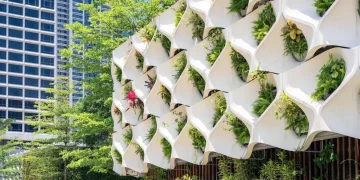


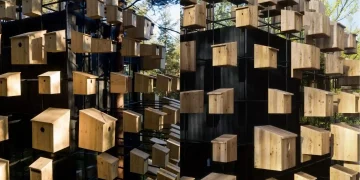









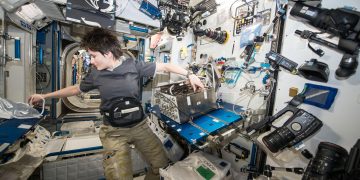
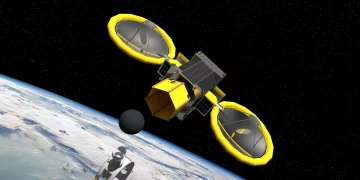


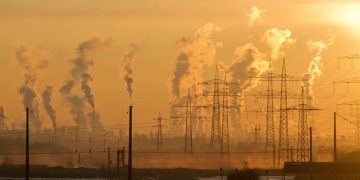







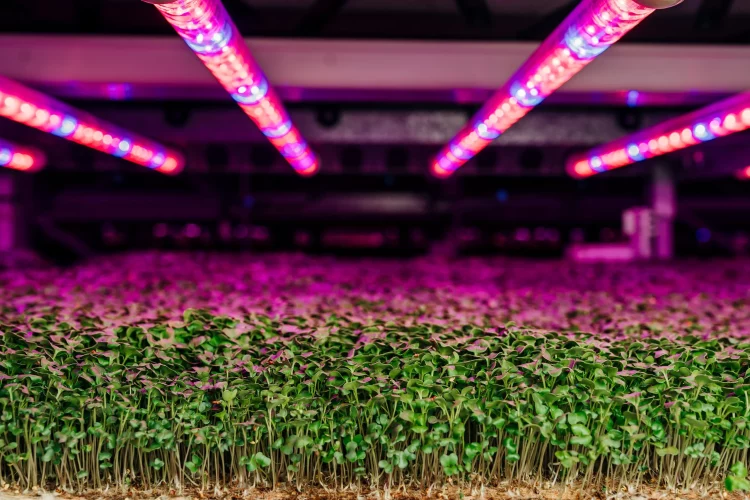












Discussion about this post